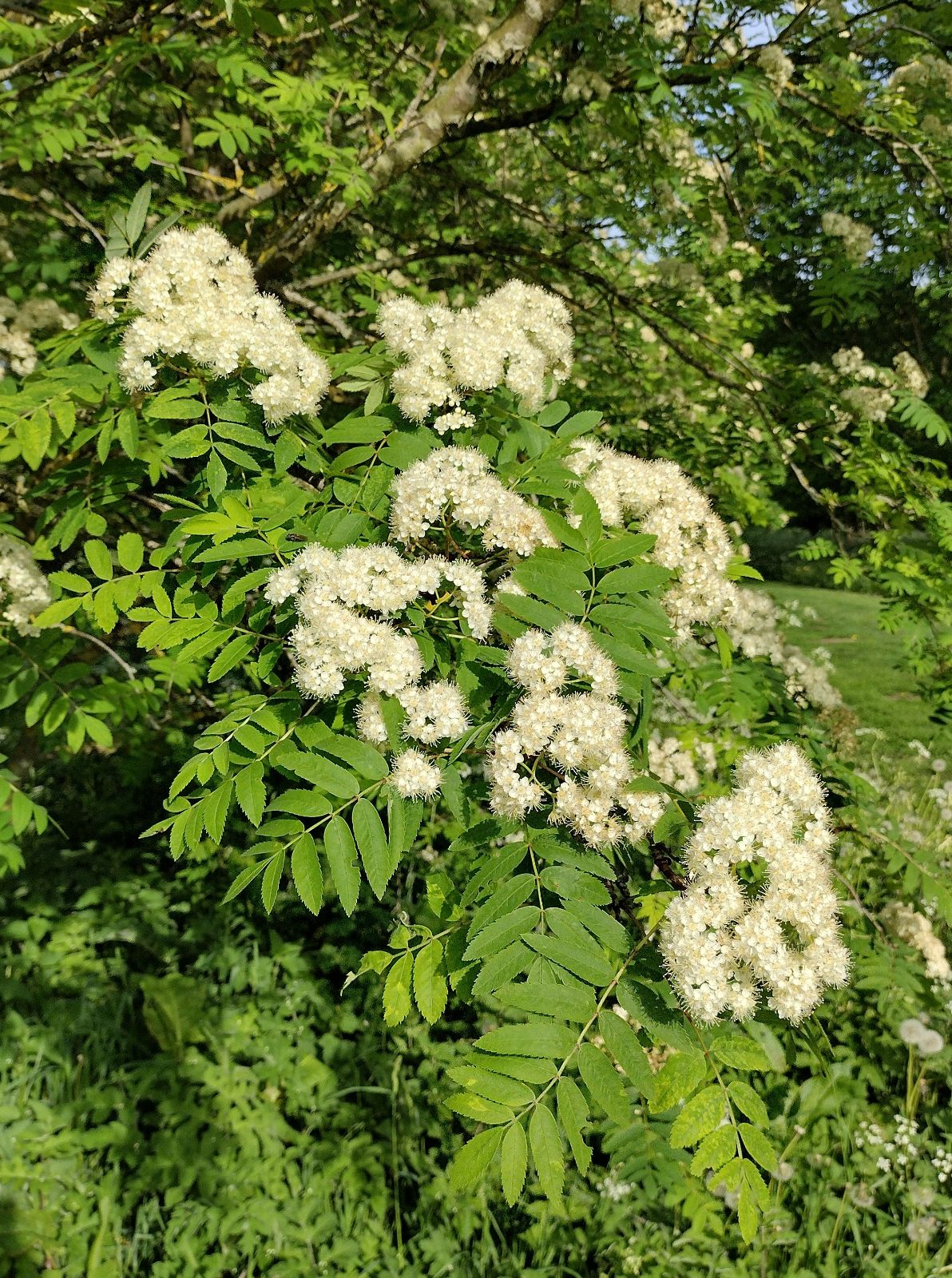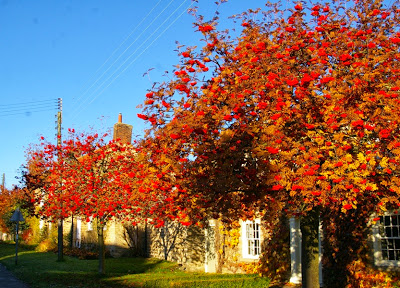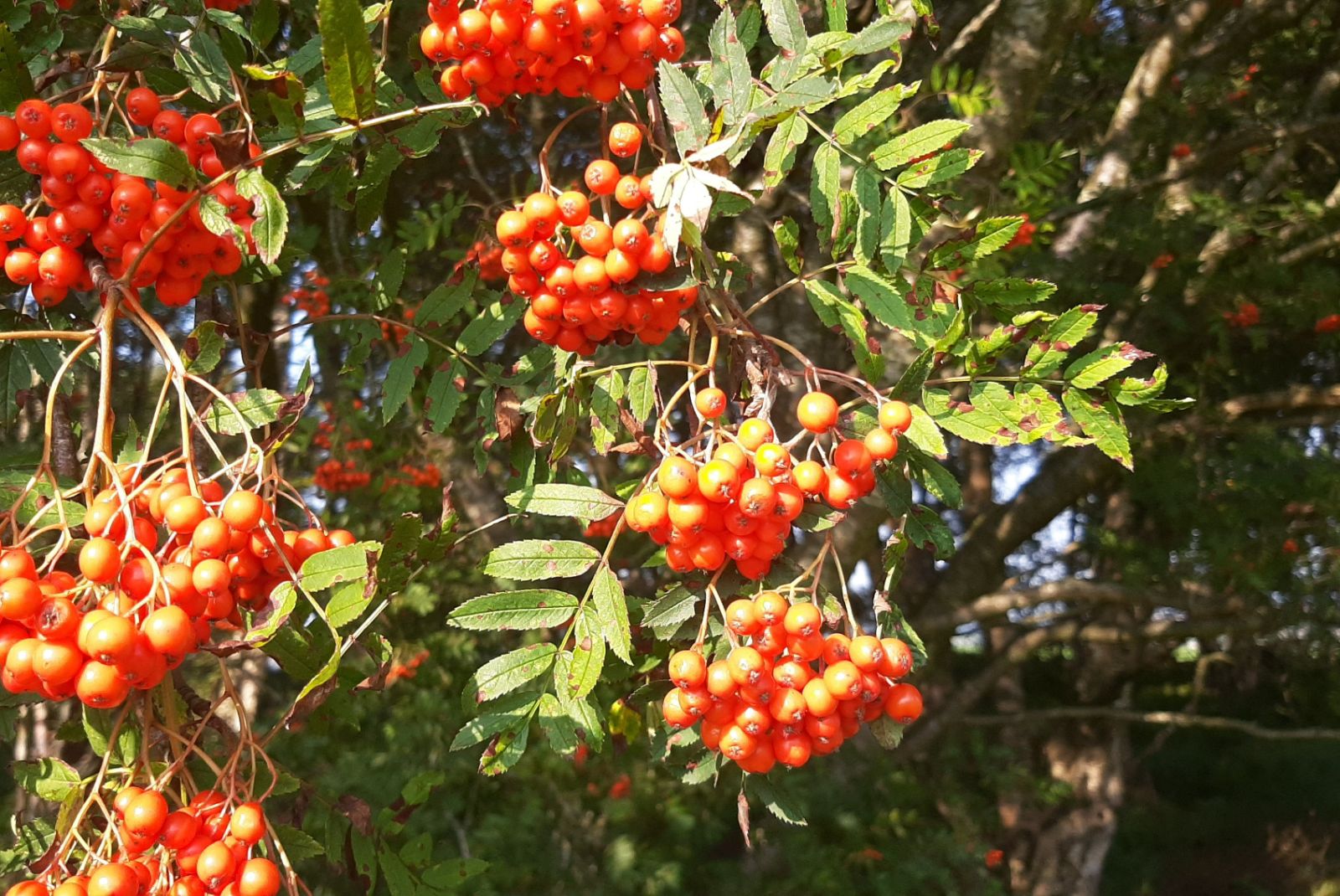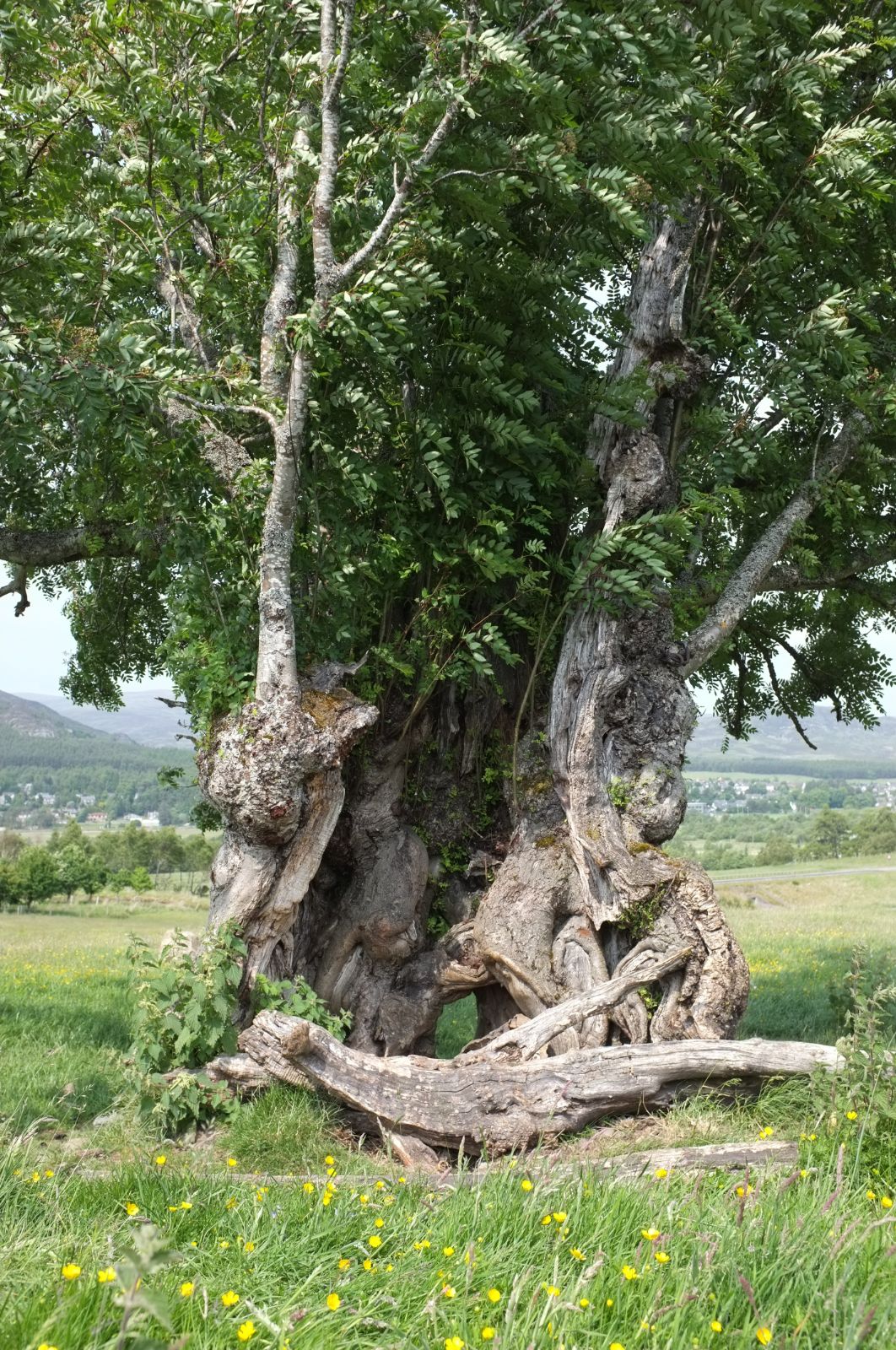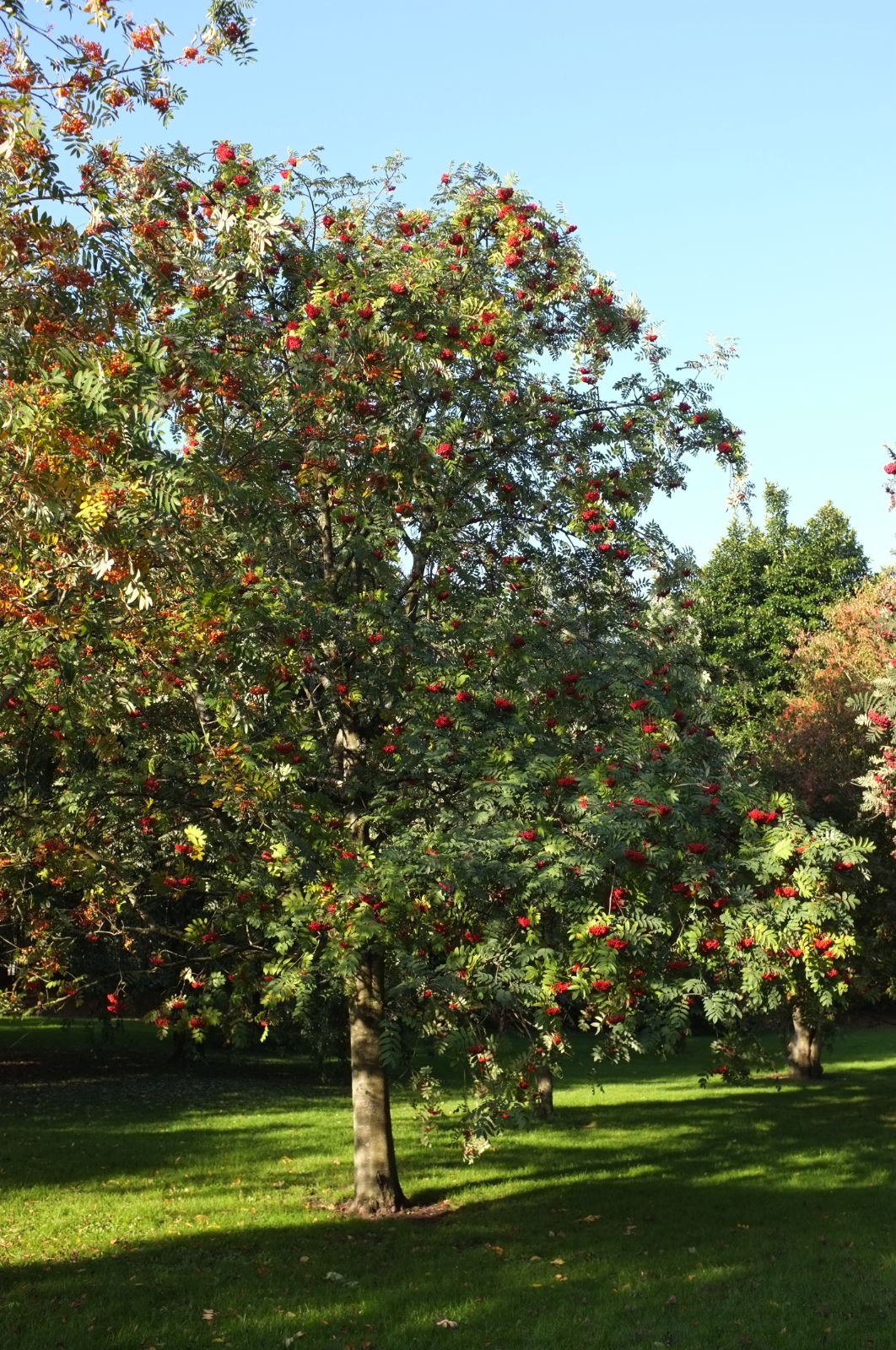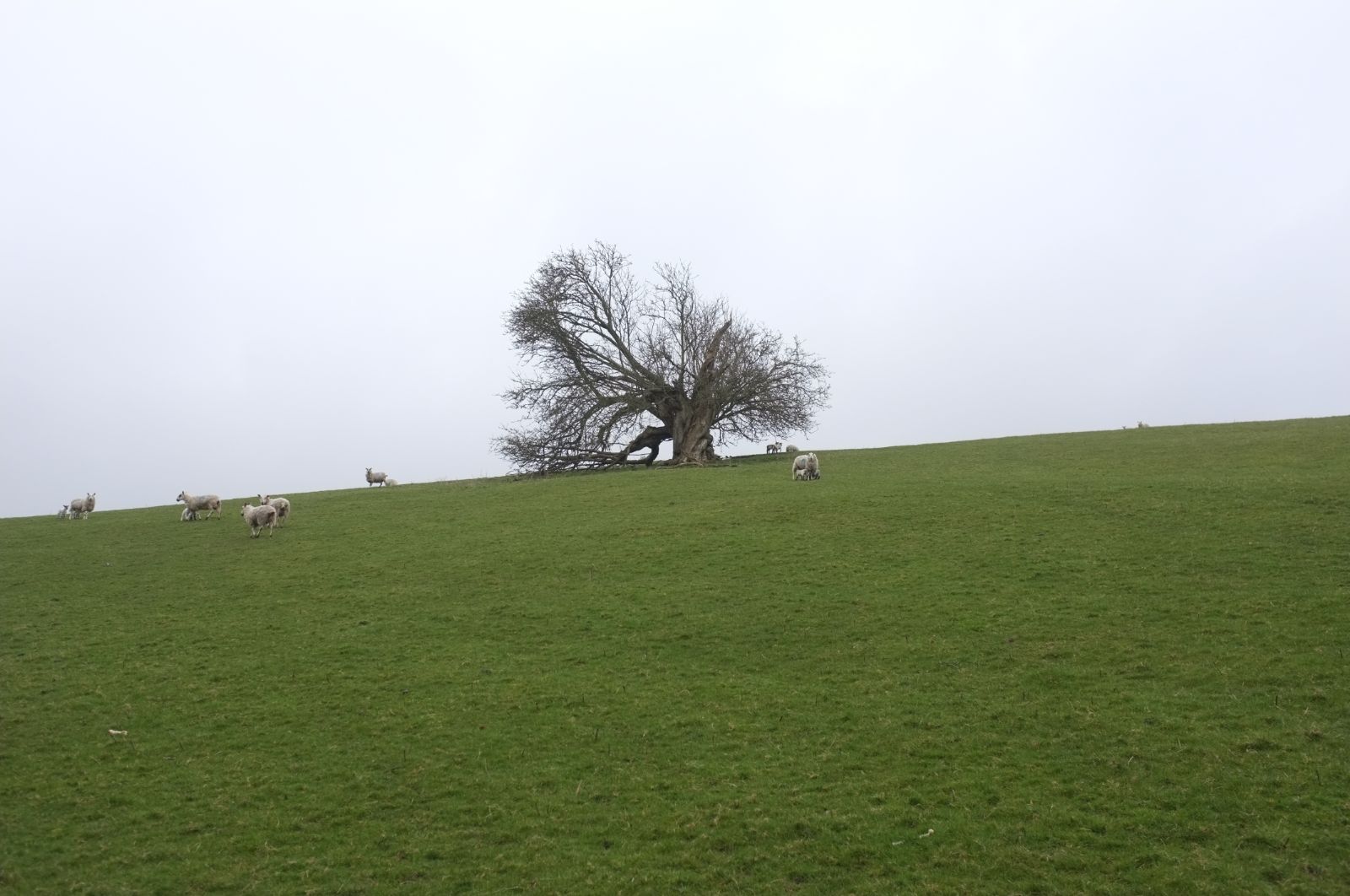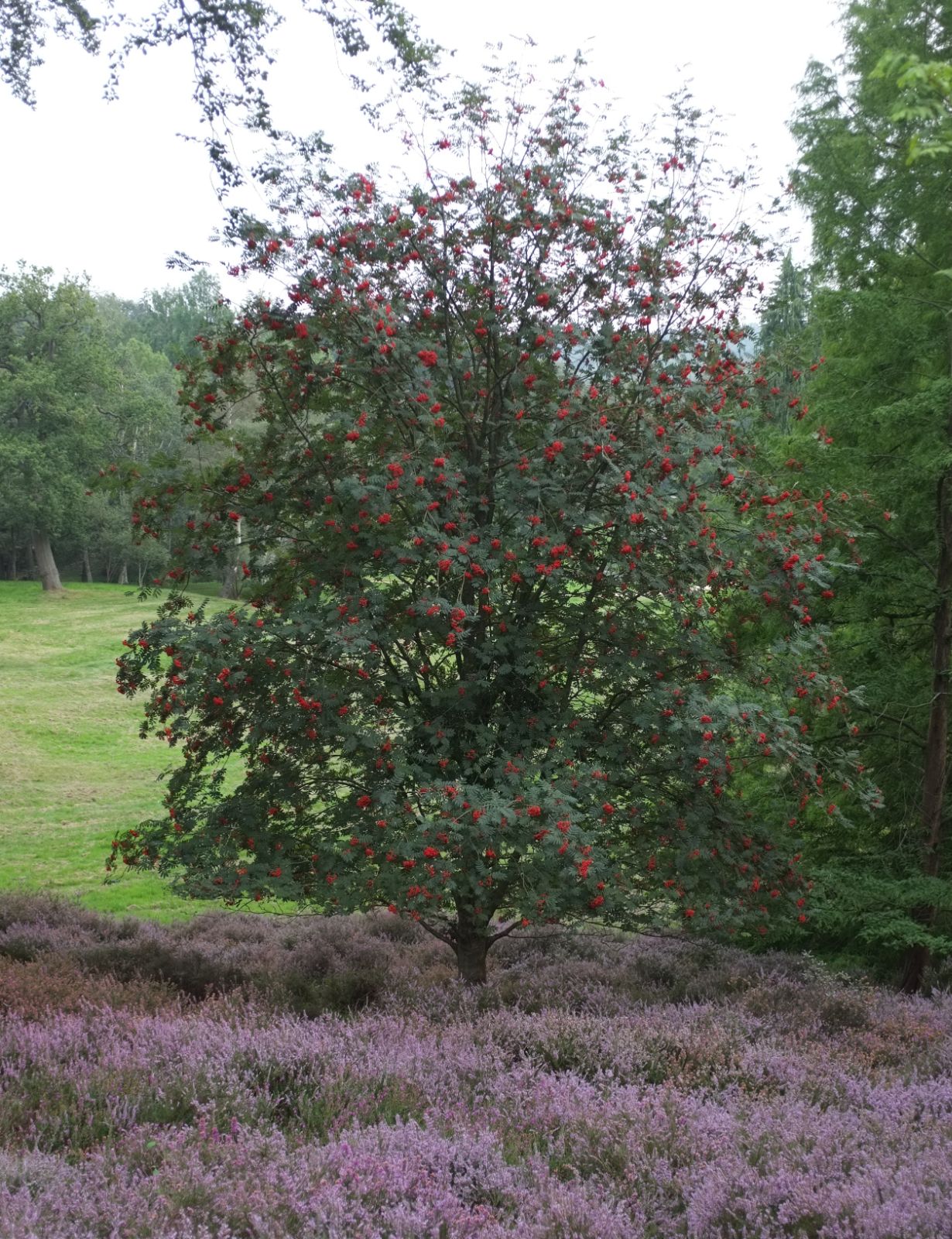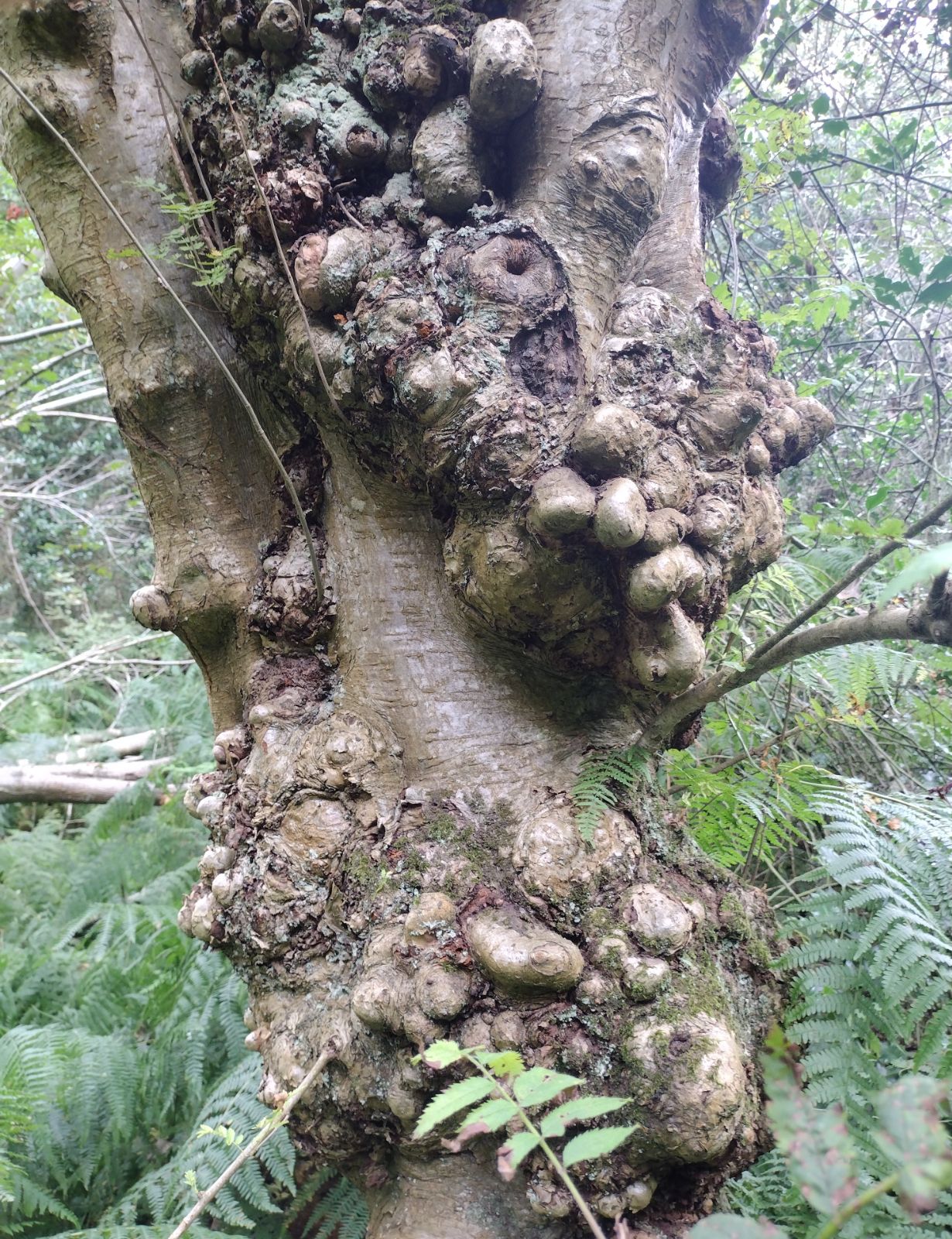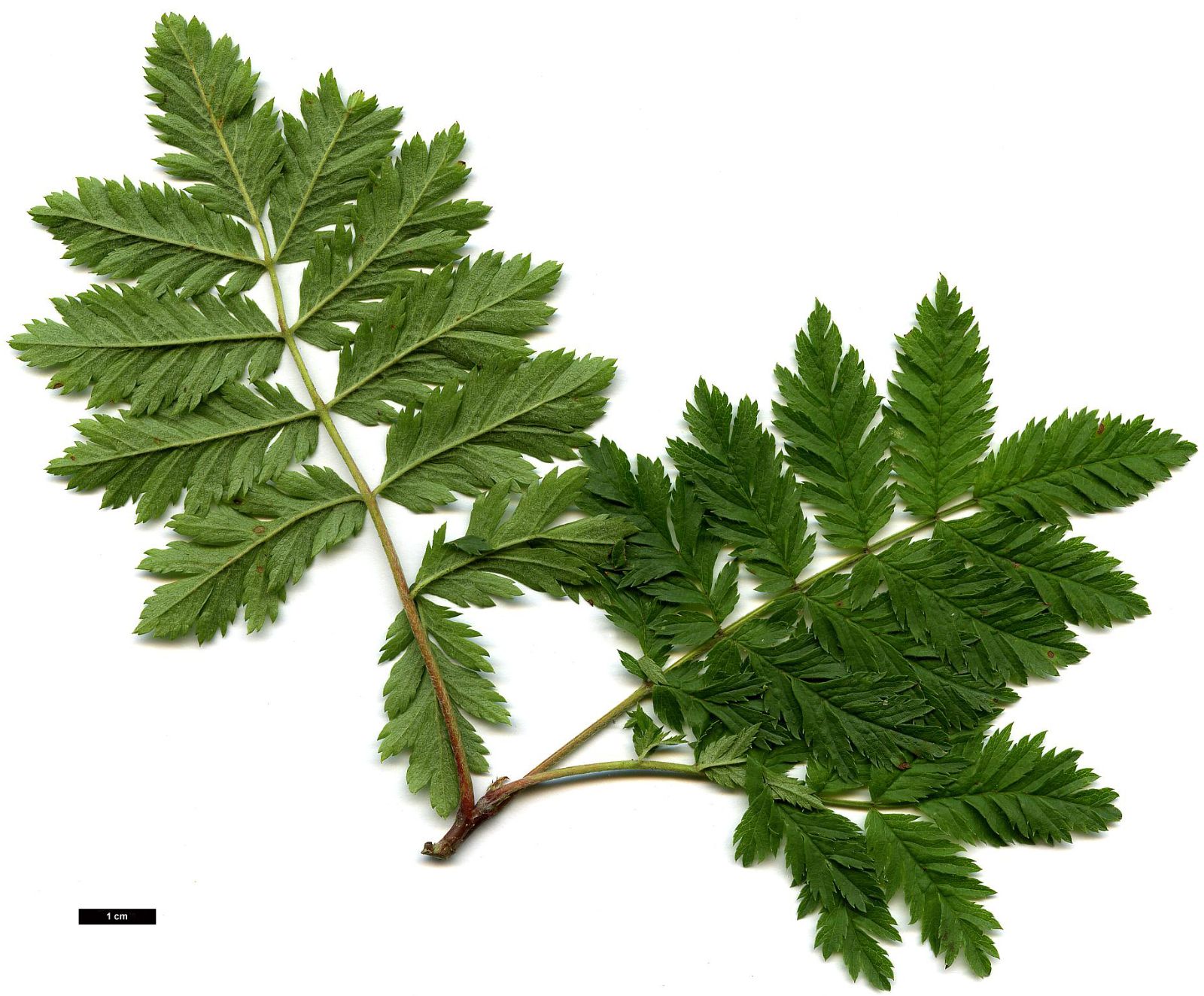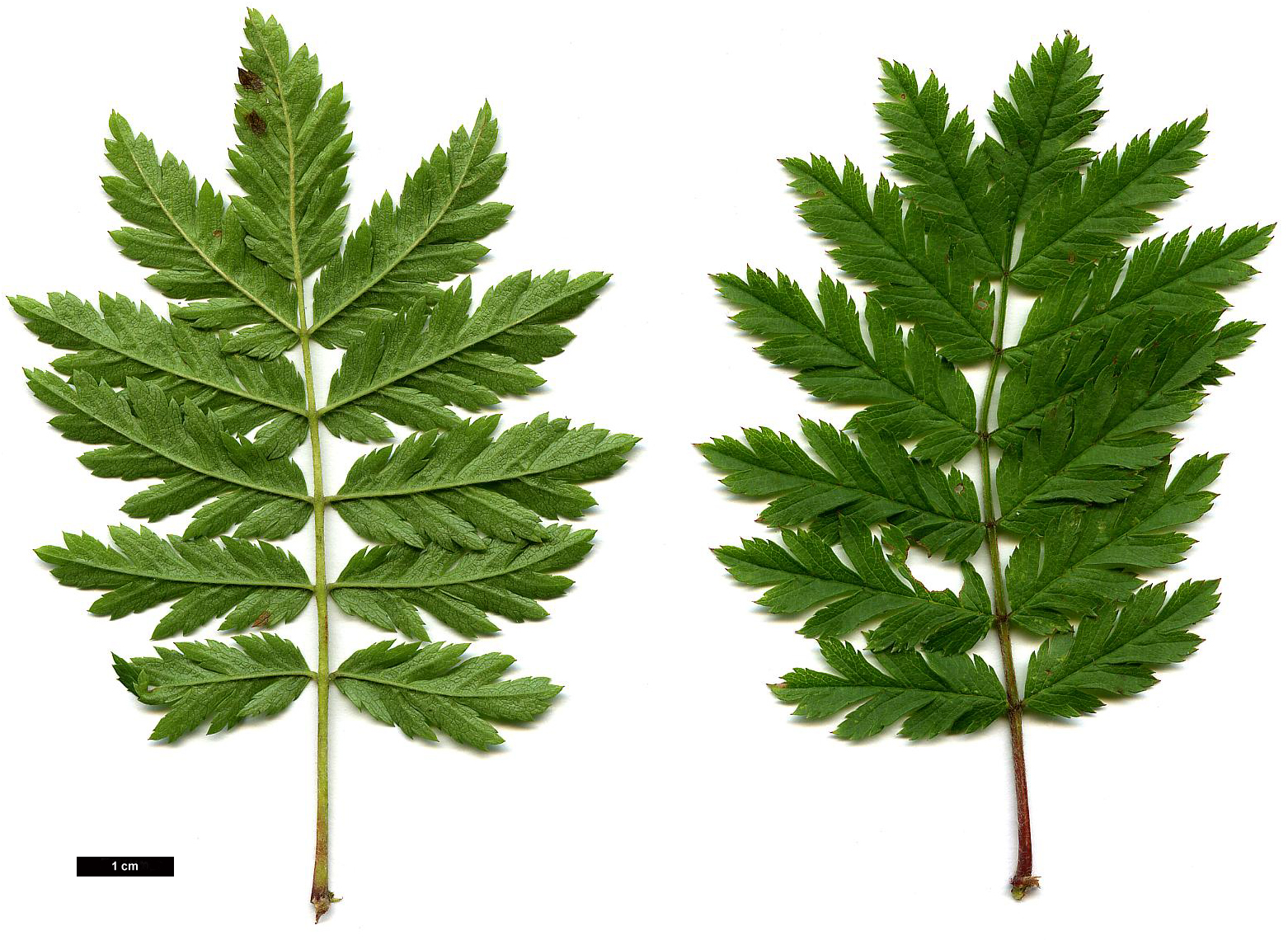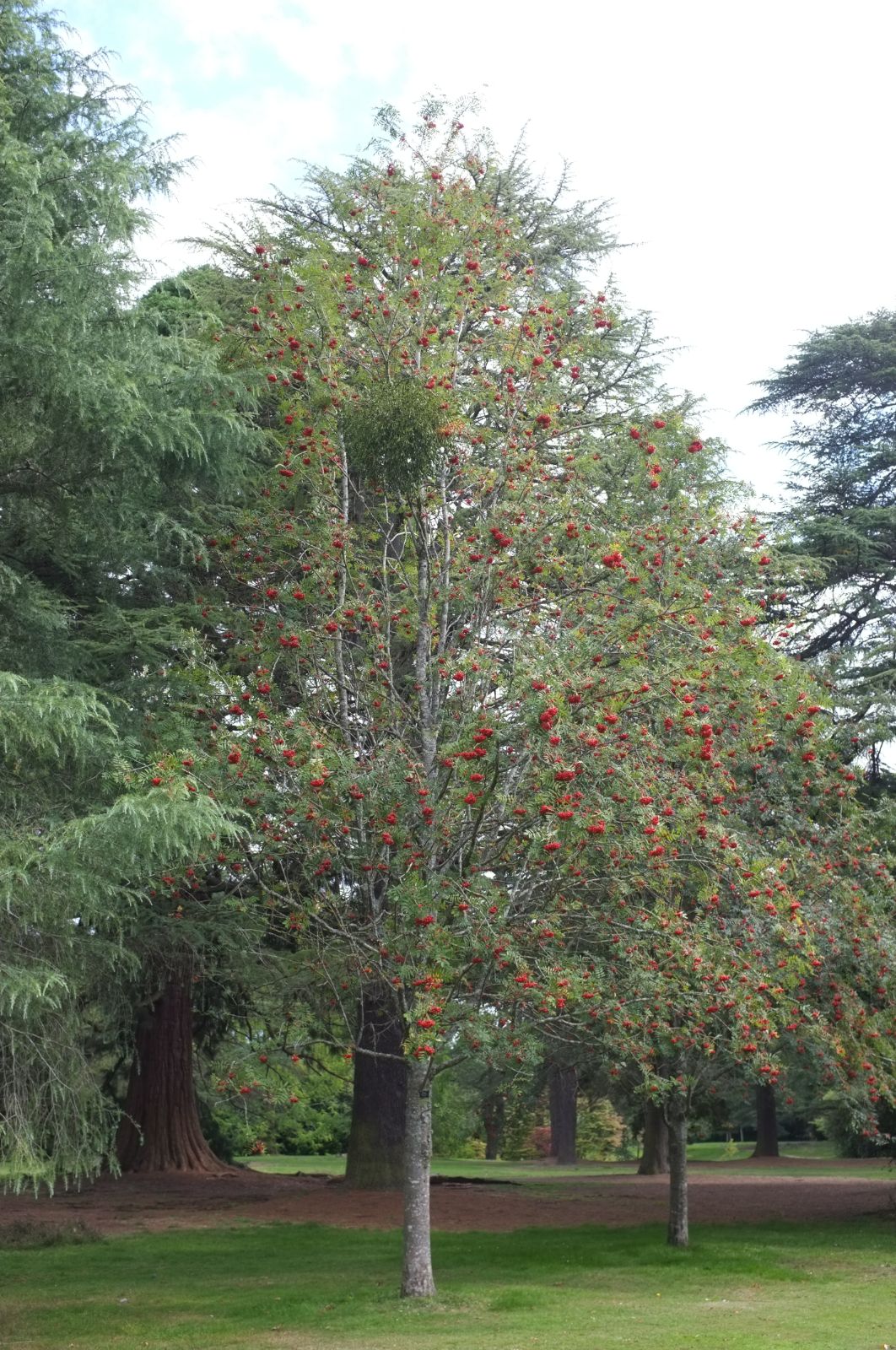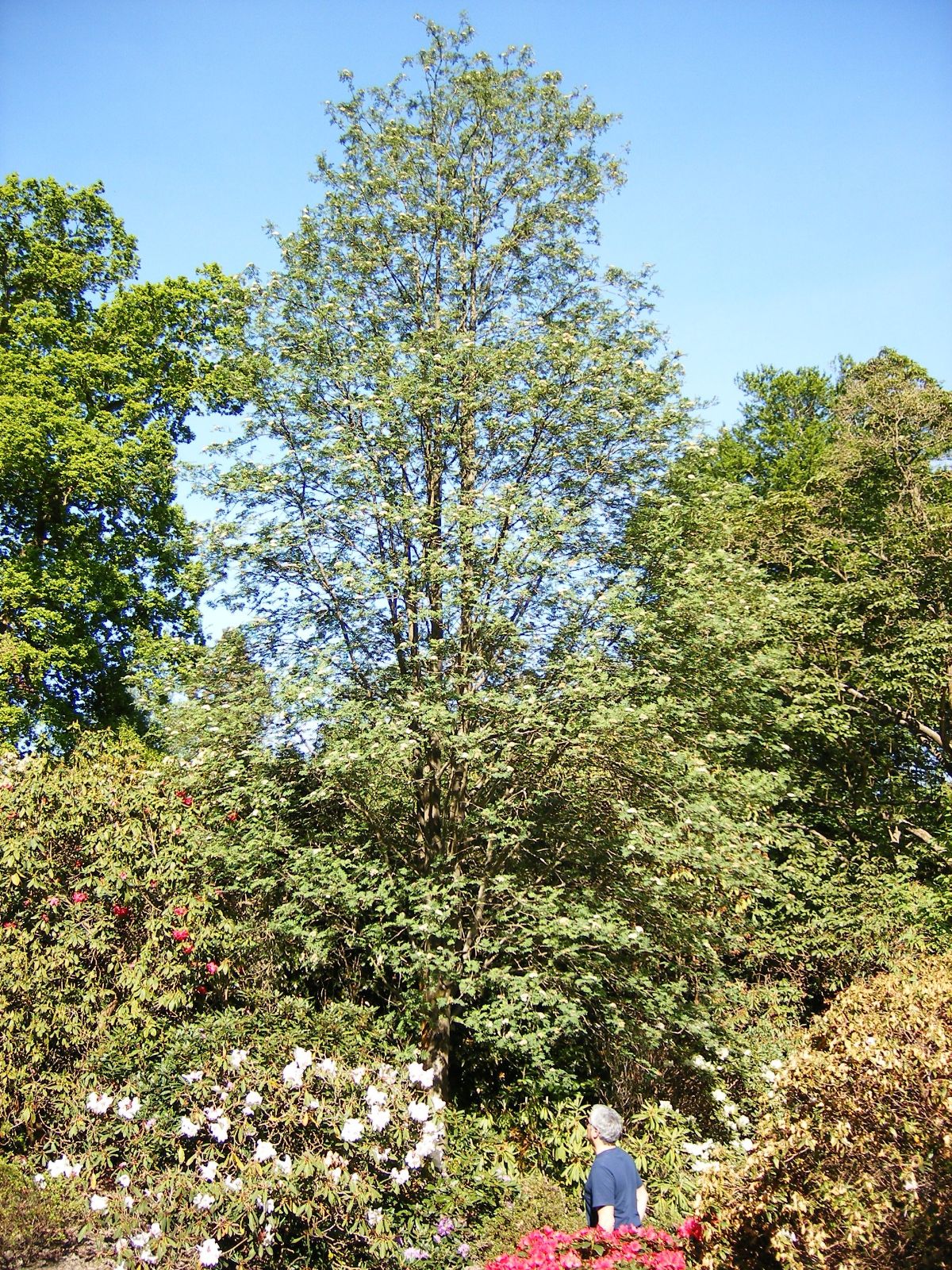Sorbus aucuparia
Sponsor
Kindly sponsored by
This genus has been sponsored and new text is being prepared.
Credits
Article from Bean's Trees and Shrubs Hardy in the British Isles
Recommended citation
'Sorbus aucuparia' from the website Trees and Shrubs Online (treesandshrubsonline.
Infraspecifics
Other taxa in genus
- Sorbus americana
- Sorbus amoena
- Sorbus arachnoidea
- Sorbus carmesina
- Sorbus cashmiriana
- Sorbus commixta
- Sorbus coxii
- Sorbus decora
- Sorbus discolor
- Sorbus ellipsoidalis
- Sorbus esserteauiana
- Sorbus fansipanensis
- Sorbus foliolosa
- Sorbus forrestii
- Sorbus glabriuscula
- Sorbus glomerulata
- Sorbus gracilis
- Sorbus helenae
- Sorbus hupehensis
- Sorbus hypoglauca
- Sorbus insignis
- Sorbus 'Joseph Rock'
- Sorbus khumbuensis
- Sorbus koehneana
- Sorbus kongboensis
- Sorbus kurzii
- Sorbus lingshiensis
- Sorbus matsumurana
- Sorbus microphylla
- Sorbus muliensis
- Sorbus olivacea
- Sorbus parvifructa
- Sorbus pohuashanensis
- Sorbus poteriifolia
- Sorbus prattii
- Sorbus pseudohupehensis
- Sorbus pseudovilmorinii
- Sorbus randaiensis
- Sorbus reducta
- Sorbus rinzenii
- Sorbus rubescens
- Sorbus rufopilosa
- Sorbus rushforthii
- Sorbus sambucifolia
- Sorbus sargentiana
- Sorbus scalaris
- Sorbus sitchensis
- Sorbus tianschanica
- Sorbus ursina
- Sorbus vilmorinii
- Sorbus wallichii
- Sorbus wilsoniana
A deciduous tree, 30 to 60 ft high, of erect growth when young, becoming more spreading and graceful with age; trunk smooth and grey; branchlets downy when young, becoming glabrous later; terminal bud very downy throughout the winter, not gummy. Leaves pinnate, 5 to 9 in. long, with mostly six or seven pairs of leaflets, which are narrowly ovate-oblong, 1 to 21⁄2 in. long, smallest towards the apex, pointed, sharply toothed, downy beneath when young, becoming almost or quite glabrous by the autumn. Flowers white, unpleasantly scented, 1⁄3 in. across, produced very numerously in terminal, flattish corymbs 3 to 5 in. across; calyx and flower-stalks clothed with grey wool. Fruits in large showy clusters, 1⁄4 in. to 3⁄8 in. across, round or slightly oval, bright red.
The mountain ash is widely spread over the cool, temperate parts of Europe and Asia, and is abundant in most parts of the British Isles. It is one of the most beautiful of our native trees alike in leaf, flower, and fruit. Its beauty no doubt is greatest when the branches are laden with the large nodding clusters of ripe fruits in September, but where bird life is abundant that beauty soon passes. Of neat habit and never of large size, it is a useful tree in small gardens, for which, however, some of the varieties mentioned below might be selected, leaving the typical mountain ash for the larger spaces and woodland. It is easily raised from seed, and grows quickly when young. On this account young trees are much used as stocks for grafting varieties of this and allied species on. It likes a cool, moist situation and is by nature adapted to a growing season shorter than that of southern England, ripening its fruits well before autumn has set in and dropping its blackened leaves before the foliage of most other trees have started to turn colour. Where the winters are longer the leaves persist into autumn and colour yellow or red. It is said that in Scotland the colour depends on the soil (Dr H. Tod, Journ. R.H.S., Vol. 78 (1953), p. 105).
'Asplenifolia'
Leaflets more than usually downy, the marginal teeth twice as deep as in the normal form and mostly themselves toothed. It is perhaps a fixed juvenile form, since such leaflets are usual on seedlings.
'Beissneri' ('Dulcis Laciniata')
Bark of branches and trunk light coppery brown. Leaves with a reddish rachis, the leaflets yellowish green, deeply and coarsely incised. Autumn colour yellow. Fruits as in ‘Edulis’ (S. aucuparia f. beissneri Rehd.; S. a. var. dulcis laciniata Beissn.). Discovered in the Erzgebirge (Krušne Hory) on the borders between Germany and what is now Czechoslovakia; described in 1899. A very distinct and ornamental rowan.'Dirkenii'
Leaves clear yellow when young. Raised by the Dutch nurseryman Dirken about 1880.
'Edulis' ('Dulcis', 'Moravica')
A strong-growing tree with ascending branches. Leaflets widely spaced, rather narrow, tapered to an acute point, sparsely hairy beneath, margins toothed only in the upper half or even less. Fruits somewhat larger than normal, pleasant-tasting, sour but not bitter. Put into commerce by Dieck in 1887. It derives from the mountains of northwest Czechoslovakia, where similar trees were first recorded early in the last century. Botanically it is near to the subspecies glabrata (S. aucuparia var. edulis Dieck; S. a. var. dulcis Kraetzl; S. a. var. moravica Dipp.).Like those of the Rossica group (see ‘Rossica Major’) the fruits of ‘Edulis’ are more suitable for making jam and jelly than those of the common rowan. It is recorded that in Germany 450 lb of fruit were harvested from fourteen thirty-year-old trees and turned into 230 lb of preserve.
f. integerrima (Hartm.)
Synonyms
S. aucuparia var. integerrima Hartm
'Fastigiata'
More than one fastigiately branched form of the common rowan may have been distributed. The tree originally described by Loudon in 1838 had rather rigid branches and was raised by the Irish nurseryman Hodgins of Dunganstown, Co. Wicklow. For the fastigiate clone grown under this and many other names see the note below, after subsp. sibirica.'Fructu Luteo' ('Xanthocarpa')
Fruits orange-yellow. This makes a small tree with a rather open crown. Origin unknown (Pyrus aucuparia var. fructu luteo Loud.; S. aucuparia var. xanthocarpa Hartwig & Rumpler; S. a. var. Fifeana Hort. ex Hartwig). Award of Merit 1895.subsp. glabrata (Wimm. & Grab.) Cajander P. aucuparia var. glabrata Wimm. & Grab.; S. glabrata (Wimm. & Grab.) Hedl., nom. illegit. – A shrub to about 8 ft high. Leaflets less hairy beneath than in the typical subspecies, tapered to an acute point; inflorescence-axes glabrous or almost so; sepals rounded at the apex, hairy; fruits longer than wide. Scandinavia, the Baltic region and northwest Russia; also said to occur in parts of Central Europe.'Rossica Major'
Leaflets longer and relatively broader than normal, to 3{3/8} in. long and 1 in. or slightly more wide, obtuse, remaining woolly beneath until late summer; rachis and petiole reddish. Fruits somewhat larger than normal, dark red; like those of ‘Edulis’ they lack the usual bitterness. This is a tree of excellent habit with ascending branches, forming an ovoid crown. It was introduced by Späth in 1903 from the Kiev region of Russia, where the fruits were used for making jam.In 1898, Späth sent out ‘Rossica’, imported from the same region of Russia. It was less distinct from typical S. aucuparia in foliage and in the size of its fruits, and therefore of less value as an ornamental, though the fruits were used in Russia for the same purpose. Rehder included both clones in S. aucuparia var. rossica Koehne, with the result that ‘Rossica Major’ has come to be known as ‘Rossica’.'Sheerwater Seedling'
Branches ascending, forming a narrow crown, which opens in time and becomes about 15 ft wide. Fruits freely borne, in large trusses. The original plant grew by the Sheerwater stream near Woking, and was moved to a private garden, where Rowland Jackman noticed it and obtained graft-wood. It was put into commerce by his firm and is now used as a street tree.subsp. sibirica (Hedl.) Krylov S. sibirica Hedl. – Leaflets oblong-lanceolate, acute, 1{1/2} to 2 in. long, up to {5/8} in. wide, glabrous on both sides. Inflorescence up to 5 in. wide, almost glabrous. Native mainly of Siberia.The tree referred to above under S. aucuparia ‘Fastigiata’ is of fastigiate habit, closely so at first, but widening with age. It agrees with S. aucuparia in most essentials, but has larger, more conical winter-buds, with some brown hairs among the white; very stout annual growths; leaflets sometimes in nine pairs, though mostly six to eight; oblate, deep crimson scarlet fruits almost {1/2} in. wide, the calyx-lobes in the fruiting stage separated by sinuses and not meeting in the centre. The trusses are remarkably heavy, the branches often sagging under their weight.This puzzling rowan is of unknown origin, but is possibly the plant mentioned in the present work for the first time in 1921 under its horticultural name “S. americana nana”, with the suggestion that it might be S. scopulina. It is not that species, though it has been sold as such, and also as “S. decora nana”, but is not S. decora; neither, for that matter, is it dwarf. What appears to be the same clone is in commerce in Holland, where it is accepted as the true S. aucuparia ‘Fastigiata’ and appears under this name in the Hillier Manual. In some respects it resembles the subsp. praemorsa and even the Madeira rowan, but disagrees in others, especially the more numerous leaflets. The large open-topped fruits shown by this tree are also a feature of S. splendida, described by Hedlund in 1901 from a tree growing in the Uppsala Botanic Garden, which had been received from Hamburg in 1850. He judged this tree to be a hybrid between S. aucuparia and S. americana, and such a parentage (or S. aucuparia × S. decora) is possible for the tree discussed here. But the possibility remains that it is nothing but an aberrant form of S. aucuparia.This many-named rowan is of some value for planting in confined places in towns, but is not a good garden tree, being ornamental only when in fruit. The habit is graceless and the foliage dull and coarse.
var. lanuginosa Beck
Synonyms
S. lanuginosa Kit. ex DC. sec . Hedl

